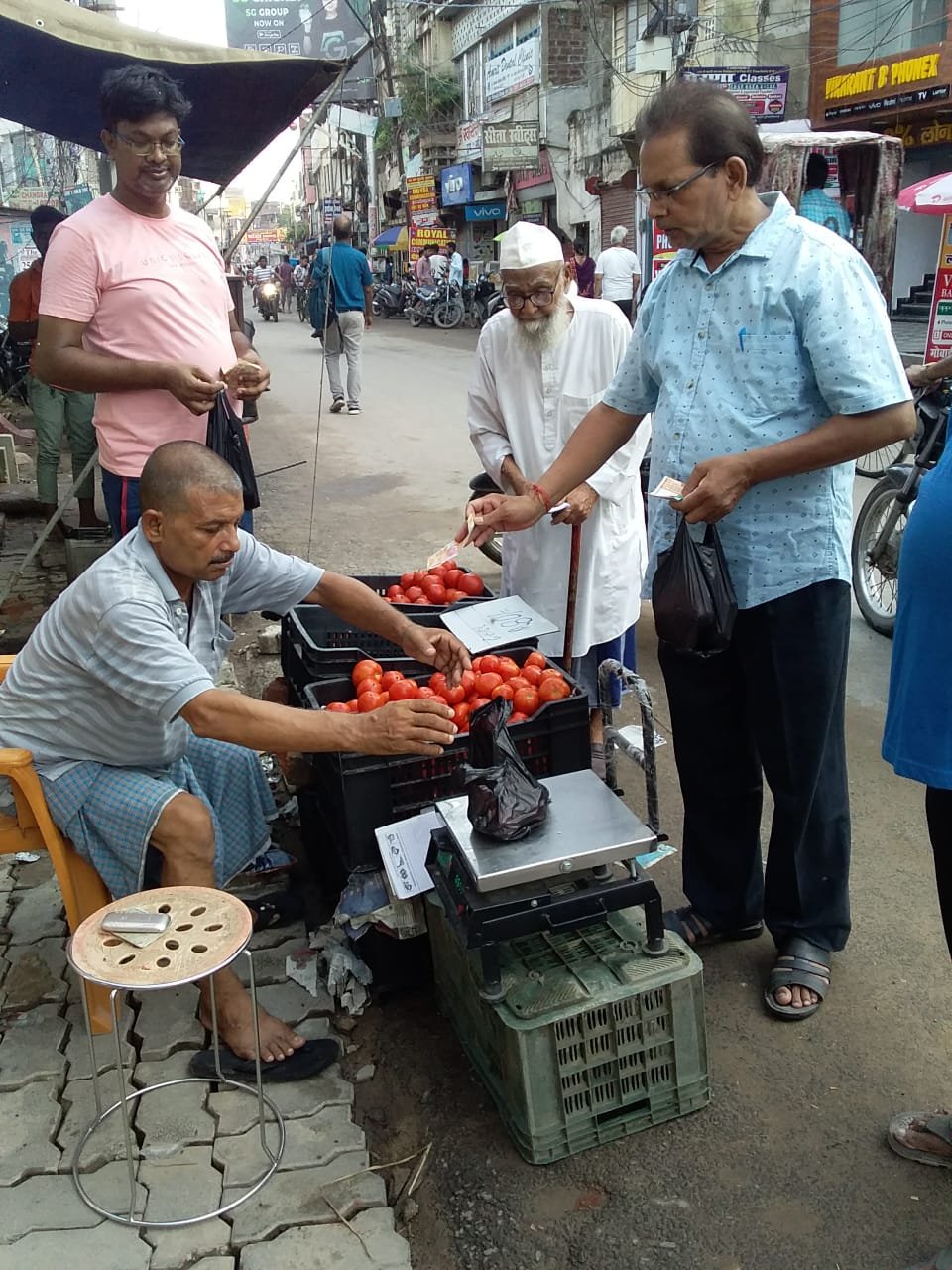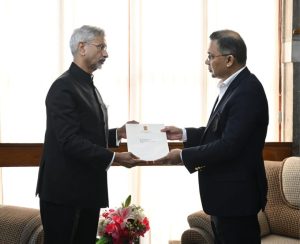Facing price rise heat, Modi govt faces hoarders’ challenge

Photo credit X @nafedindia
By Manish Anand
New Delhi, August 19: Rajasthan Chief Minister Ashok Gehlot has claimed that more than one crore beneficiaries have received the Annapurna food packet. The Congress government in the state has sought to add value to the party’s winning poll plank in Karnataka where 10 kg free rice was promised in the run up to the Assembly election. Gehlot government with the combo food scheme is seeking to cash in on the rising food inflation in the country.
President Droupadi Murmu in her address to the nation complimented the government for effectively tackling inflation. She had underlined that inflation was a global issue. Prime Minister Narendra Modi also spoke on inflation in his Independence Day speech wherein he asserted that his government will take more action to deal with the issue in the coming days.
Food Inflation sharply rose for the month of July to 11.51 per cent. This was 4.49 per cent for the month of June. Elections and inflation have age-old relations. This is attested to by political observers, as well as seasoned bureaucrats who have worked in the Ministry of Food and Public Distribution. Food inflation also hits the people where it hurts the most. If a good food helps build relations, the rising kitchen budget has the potential to dent the overall narrative of the political parties.
Unlike core inflation, food inflation gains full attention of the people for the fact that it rides on eye popping news headlines. Multinational fast food chains also chip in to feed their brand building exercise by becoming part of the food inflation related news headlines. Thus, tomato continues to grab headlines for more than two months. The doubting Thomases who run down the potential of food inflation making an impact in elections may just recall the Delhi elections of 1998 when the BJP lost the plot built around the onion prices. Another round of elections is around with Madhya Pradesh, Rajasthan, Chhattisgarh, Telangana, and Mizoram head for state polls later this year.
Indeed, the vegetable prices have tendencies of shooting up in the Monsoon months. This is again endorsed by steep rise in the vegetable prices in the recent weeks. El Nino, which is attributed to extreme weather events, effect is also likely to stay till the first few months of the next year in India. The episodes of heavy rains and consequent damages of roads and highways cause disruptions in the supply chains. Besides, India is still aiming to integrate the agrarian markets in the country for the seamless movements of the produces.
The BJP-led government is well aware of the challenges of food inflation. The Centre first banned the export of wheat and subsequently also stopping outward shipments of non-basmati rice. The measures were preemptive in nature to warn the hoarders and also assure the people that the government is watchful of the risks of the rising food inflation.
The annual consumption of rice in India is 350 million metric tonnes, according to the officials of the Ministry of Consumer Affairs, Food and Public Distribution, who also underline that the current holding of 250 million metric tonnes with the government entities and another 120 million metric tonnes with rice millers provide for a full-proof arrangement against even the remotest of the scope of shortage of rice in the country. Seven and a half months are already behind this fiscal, which means that the requirement of rice for the remaining months this years would be less than 175 million metric tonnes. The availability of 370 million metric tonnes dwarfs the requirement of rice in the country for the remaining months. Yet, the government banned the export of non-basmati rice to eliminate scope for abnormal price rise of the main staple food of the people in several states. Wheat stocks at over 28 million metric tonnes are stated to be sufficient to meet the demands for the remaining months this fiscal.
Political observers blessed with long memory know that hoarders eye elections to make a killing with the stocks of the food items that they hold on to for months, while also attempting to create artificial scarcity by resorting to hoardings. The Centre has rules and policies to eliminate the scope of the price manipulations by hoarders. But the state governments are mandated with boots on the ground to crackdown against hoarders. But food inflation is politically weaponized by the Opposition parties, and it suits them well if they are in power in the states, for the Centre generally takes sticks for price rise in the country. Unlike the developed countries such as the US, monetary policy alone may not be enough to deal with inflation. The supply side constraints make it incumbent upon the government to be ever watchful on the wildness of inflation. This calls for the Centre to proactively intervene in removing the supply side constraints. The Centre has to ready a script that throws the hoarders out of the game, besides ensuring speedy movements of the agrarian produces along with creation of a robust network all across the country of warehousing facilities for storages.





